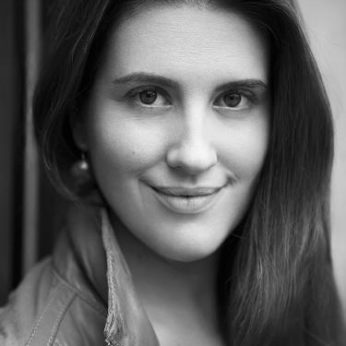Composer: John Tavener (b. 1944 - d. 2013)
Performance date: 30/06/2014
Venue: St. Brendan’s Church
Composition Year: 1983
Duration: 00:27:04
Recording Engineer: Anton Timoney, RTÉ lyric fm
Instrumentation Category:Small Mixed Ensemble
Instrumentation Other: S-solo, fl, va, hrp
Artists:
Clíona Doris -
[harp]
Lise Berthaud -
[viola]
Juliette Bausor -
[flute]
Katherine Dain -
[soprano]

The frailty, tenderness and spiritual transparency of Yeats’ poetry
inspired this song-cycle. In recent years, I have written little music that is
not sacred or liturgical. The Yeats poems and the Seferis Haiku are exceptions,
partly I think because both the Irish and Greek poets had a profound sense of
the loss of the sacred and Primordial tradition in art. Also the music for both
song-cycles has a quasi-liturgical atmosphere, indeed, the harp harmonics that
link the Yeats songs are based on a Byzantine palindrome. John Tavener [1983]
The score also carries this
dedication – For Victoria…’but these
are private songs, addressed to you in public…’ Paraphrasing Eliot’s Dedication to my Wife, Tavener wrote this work for his first wife,
Victoria Maragopoulou, a Greek dancer. She was only twenty two when he met her
and was training at the Royal Ballet School. To Tavener’s great distress, the
marriage lasted barely eight months, nonetheless they remained friends for
years.
The poems Tavener chose reflect
Yeats’ many romances, especially his long relationship with his great love,
Maud Gonne, and, later, her daughter Iseult, for whom To a Child Dancing in the Wind and its sequel was written. This
cycle of poems sings of the eternal themes of love sought and love lost, beauty
and the passing of beauty, dancing and the glory of dancers and the terrible
and inevitable loss of innocence to the
monstrous crying of the wind. To open and close this song-cycle Tavener
chooses Yeats’ evocative tapestry of starlight and its echoing repetitions,
that ends with every lover’s cry to the beloved tread softly for you tread on my dreams. Despite the calming
influence of the harp interludes, this work only partly hides a passionate love
story that tells of a man troubled and haunted by his failure to win his
beloved – Ah dancer, ah sweet dancer.
Despite the obviously deeply
personal nature of these songs, Tavener does not entirely move away from his
then habitual spiritual mode. The harp interludes act as a meditative and calming
influence between each episode’s haunting sense of irrevocable and hopeless
loss. At the very end, this sorrow at our loss makes the simple unaccompanied
chant of The Countess Cathleen almost
unbearably moving.
Copyright © 2025 West Cork Music. All rights reserved.
Designed and developed by Matrix Internet